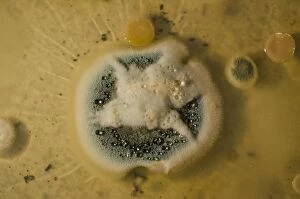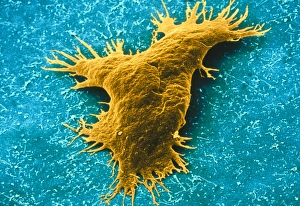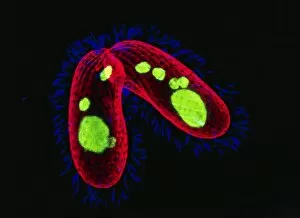Antibiotics Collection
"Unveiling the Power of Antibiotics: From Penicillin to Modern Medicine" In this captivating journey through time
All Professionally Made to Order for Quick Shipping
"Unveiling the Power of Antibiotics: From Penicillin to Modern Medicine" In this captivating journey through time, we begin with a glimpse into the past - a vintage Penicillin bottle that revolutionized medicine. Ernest Duchesne, a Second class Major of Medicine in the Second Regiment de Hussards of Senlis, 1897, laid the groundwork for what was to come. As we turn the pages of history, an iconic black and white photo captures our attention - Dr. Mildred C. Rebstock graces the cover of ILN magazine. Her dedication and contribution to antibiotics research paved the way for countless lives saved. Next, we encounter royalty taking center stage as Prince Philip assumes his role as Sir Alexander Fleming. The Duke of Edinburgh's portrayal pays homage to Fleming's groundbreaking discovery that forever changed medicine - antibiotics. Delving deeper into their mechanism, an intriguing historical image showcases antibiotic action at work. Witnessing this microscopic battle against harmful bacteria reminds us of how far we have come in our fight against infections. A token from the 20th century catches our eye - a penicillin vial symbolizing hope and healing. This small vessel holds within it immense power to combat diseases that once claimed countless lives. Moving on, we find ourselves amidst dairy farming practices where farmers diligently insert antibiotic tubes into cow teats to treat udder infections. This snapshot from an English milking parlour serves as a reminder that antibiotics not only benefit humans but also play a crucial role in animal health. Finally, we stumble upon a medal commemorating Alexander Fleming's monumental discovery of penicillin. Scottish bacteriologist Fleming's tireless efforts brought forth one of humanity's greatest medical breakthroughs - saving millions from life-threatening infections. From humble beginnings with Ernest Duchesne to modern-day applications in healthcare and agriculture alike; these glimpses into the world shaped by antibiotics leave us awe-inspired by their profound impact.



































